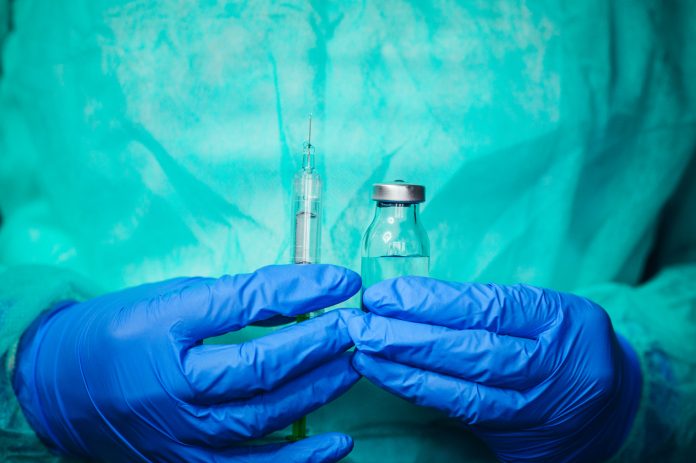COVID infection previously created 85% protection against Delta for six months – now, scientists find that this protection falls to just 19% against Omicron
In the UK, COVID cases are rising quickly. The Omicron variant is currently concentrated in London, but is expected to become the dominant strain across the country.
The Government are still deciding whether to reintroduce social distancing measures, while scientists create a living map of the situation.
Researchers at Imperial College London have been tracking the new variant via their population studies, which have been ongoing throughout two years of the COVID pandemic. Now, they reveal that the Omicron variant is 5.4 times greater at reinfection than the Delta variant.
Omicron destroys majority of prior infection protection
This means that protection against Omicron, either through having COVID before or two shots of vaccine, are lowered to as little as between 0% to 19%.
In the SIREN study, which looks at virus infection in healthcare workers, it was found that prior COVID infection gave those people 85% protection for the next six months.
That number has dropped to 19%, meaning that double-vaccinated healthcare and frontline workers are now facing greatly increased chances of catching COVID again.
Professor Neil Ferguson from Imperial College London said: “This study provides further evidence of the very substantial extent to which Omicron can evade prior immunity given by both infection or vaccination.
“This level of immune evasion means that Omicron poses a major, imminent threat to public health.”
Is Omicron worse than Delta?
It is currently the same as Delta, but could be worse.
According to data from this report by Imperial College London, the Omicron variant appears to have the same severity as Delta. It also seems to spread faster – doubling in case numbers as soon as it hit London, which appears to be the Omicron epicentre in the UK.
Does the booster work against Omicron?
Yes – it significantly increases protection.
Right now, there is not enough hospital data for severe Omicron cases and more is needed to estimate exactly how much the booster helps. Scientists are waiting for that piece of the puzzle, while politicians attempt to dissect how to manage the possibility of thousands more deaths. But based on the existing understanding of how vaccines work, and new data released by Moderna, it seems that booster vaccines can push that uncomfortable 19% figure back up to between 55% and 80%.
Who is more likely to catch Omicron?
This is a difficult question to answer.
However, according to the latest data, Omicron is common in 18-29 year olds. It is also more common in people with African ethnicity, in the region of London. This is quite different from how Delta spread, but scientists warn that there will be more changes in this pattern as the virus continues to spread to older and more vulnerable populations.
Professor Azra Ghani from Imperial College London said: “Quantifying reinfection risk and vaccine effectiveness against Omicron is essential for modelling the likely future trajectory of the Omicron wave and the potential impact of vaccination and other public health interventions.”











